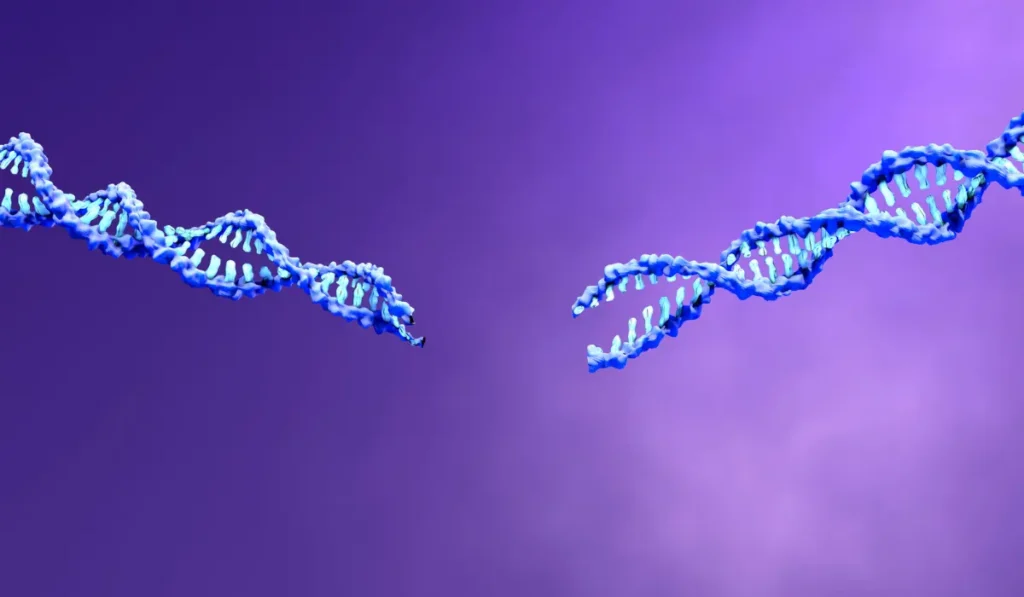CRISPR-Cas9 is a powerful gene-editing tool that has revolutionized the field of genetics. It allows scientists to make precise changes to the DNA of cells, including the ability to target specific genes. In this blog post, we will explore how CRISPR-Cas9 targets the gene of interest.
What is CRISPR-Cas9?
CRISPR-Cas9 is a system that allows scientists to edit the DNA of cells. It works by using a protein called Cas9, which acts like a pair of scissors to cut the DNA at a specific location. The system is guided to the target location by a small piece of RNA, which is designed to match the DNA sequence of the target gene.
Designing the Guide RNA: The first step in using CRISPR-Cas9 to target a specific gene is to design the guide RNA. This RNA molecule is responsible for guiding the Cas9 protein to the correct location in the DNA. To design the guide RNA, scientists need to identify a region of the gene that they want to target. They then create a short piece of RNA that matches this region of the gene.
Delivery of CRISPR-Cas9
Once the guide RNA has been designed, it needs to be delivered to the target cells. This can be done using a variety of methods, including viral vectors or electroporation. Once the guide RNA is inside the cell, it can direct the Cas9 protein to the correct location in the DNA.
Binding and Cutting the DNA: Once the Cas9 protein has been guided to the correct location in the DNA by the guide RNA, it binds to the DNA and cuts it. This creates a double-stranded break in the DNA. The cell then attempts to repair the break, either through a process called non-homologous end joining (NHEJ) or homology-directed repair (HDR).
Non-Homologous End Joining: NHEJ is a repair mechanism that the cell uses to quickly fix breaks in the DNA. It involves rejoining the two broken ends of the DNA. However, this process can result in errors being introduced into the DNA sequence. This can be useful for creating mutations in the target gene, but it can also be unpredictable and result in unintended effects.

Homology-Directed Repair
HDR is a more precise repair mechanism that uses a template to repair the break in the DNA. This template can be a piece of DNA that has been introduced into the cell, which allows scientists to insert specific changes into the DNA sequence.
In conclusion, CRISPR-Cas9 is a powerful tool for targeting specific genes in cells. By designing a guide RNA that matches the target gene, scientists can deliver the CRISPR-Cas9 system to the target cells and create precise changes to the DNA. This technology has revolutionized the field of genetics and has the potential to help us understand and treat a wide range of diseases.
